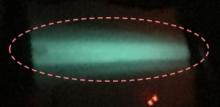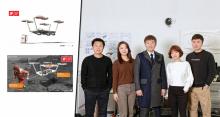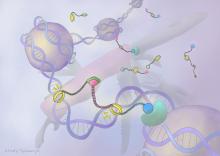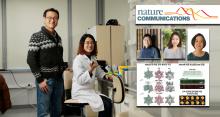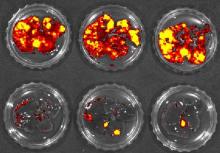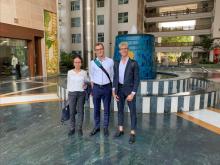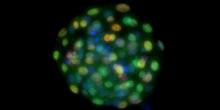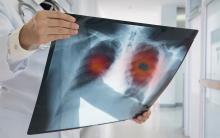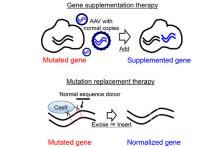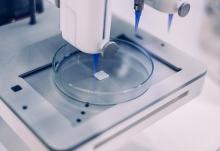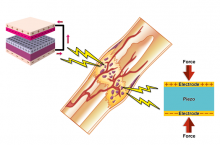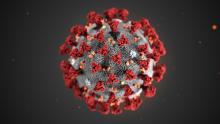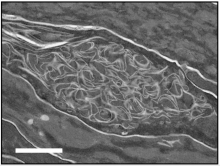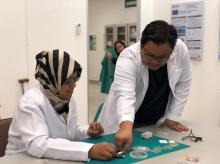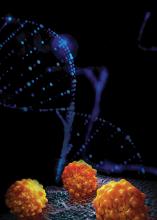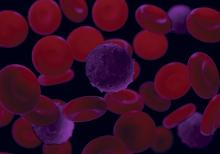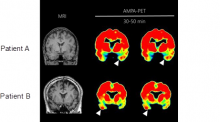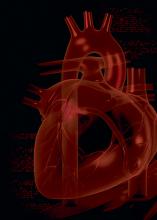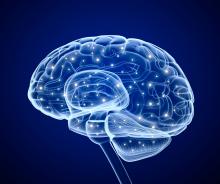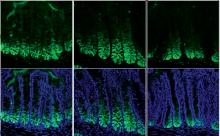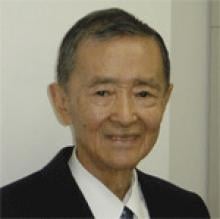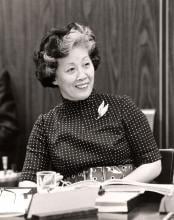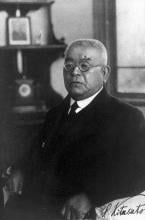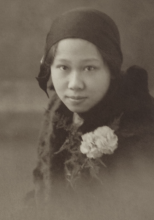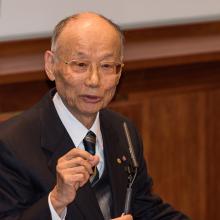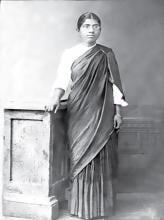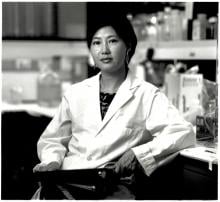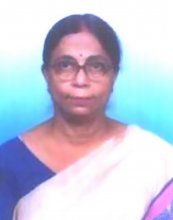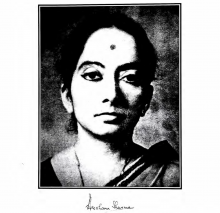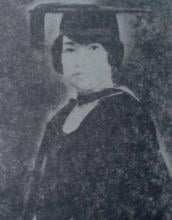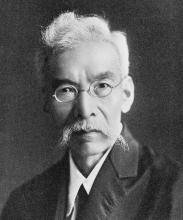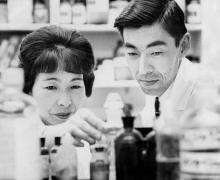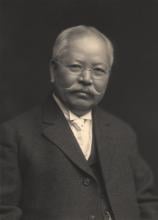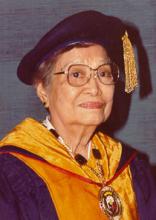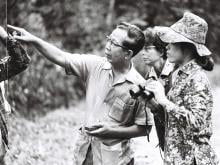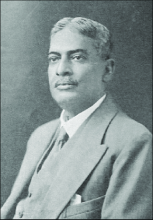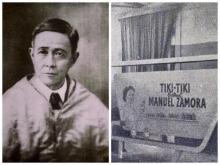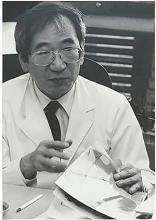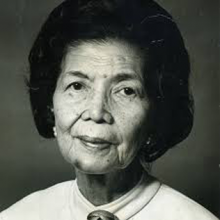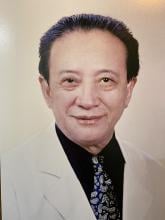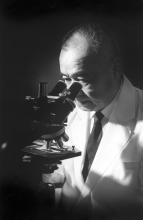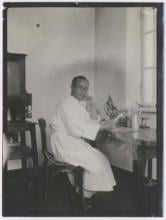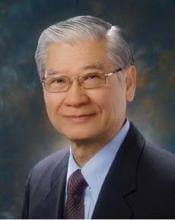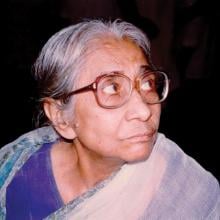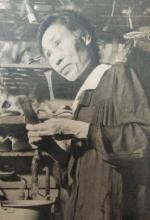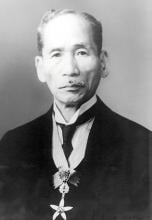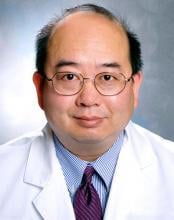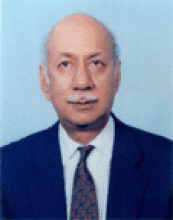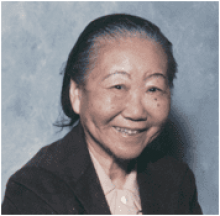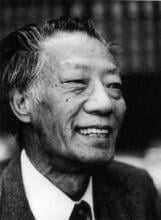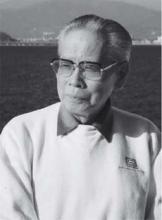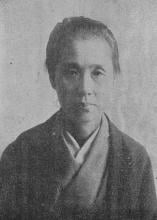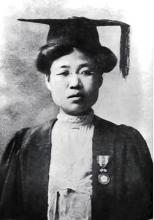Medicine
News
24 Mar 2020
A cheap, biocompatible white powder that luminesces when heated could be used for non-invasively monitoring the temperature of specific organs within the body. Tohoku University scientists conducted preliminary tests to demonstrate the applicability of this concept and published their findings in the journal Scientific Reports.
23 Mar 2020
Nested in the long-running Singapore Chinese Health Study, a new study by researchers in Singapore, based on data from over 60,000 middle-aged to older adults, has found that people who suffer from diabetes and who are also underweight have a much higher risk of active tuberculosis (TB) than their heavier counterparts, supporting calls for TB screening among these patients.
12 Mar 2020
Studying Finnish genes leads to unique revelations about the development of a serious complication of diabetes, and informs an ongoing genomic study of a Singaporean cohort as part of Singapore’s Diabetes Study in Nephropathy and other Microvascular Complications (DYNAMO).
06 Mar 2020
A design team, affiliated with South Korea's Ulsan National Institute of Science and Technology (UNIST) has been honored at the international design competition, iF Design Awards 2020.
28 Feb 2020
A new compound with the potential to turn genes on and off could lead to new cancer and hereditary disease treatment strategies.
24 Feb 2020
A recent study, affiliated with South Korea's Ulsan National Institute of Science and Technology (UNIST) has unveiled the structure and mechanism of proteins that are highly overexpressed in various cancers and associated with poor patient prognoses.
22 Feb 2020
Attendees’ health and safety “utmost priority”
20 Feb 2020
A protein that helps colorectal cancer cells spread to other parts of the body could be an effective treatment target.
20 Feb 2020
A faculty startup, based at South Korea's Ulsan National Institute of Science and Technology (UNIST) has attracted 7 Billion KRW investment.
19 Feb 2020
Multi-country intervention trial to improve hypertension management, led by Duke-NUS Medical School in Singapore, in partnership with the International Centre for Diarrhoeal Diseases Research, Bangladesh (ICDDR,B), Aga Khan University in Pakistan, the University of Kelaniya in Sri Lanka and the Singapore Clinical Research Institute (SCRI), leads to “clinically meaningful” reductions in blood pressure and better blood pressure control in patients receiving the multi-component intervention. Researchers call for national scale-up of the intervention.

19 Feb 2020
New insight on how malaria cells shield themselves from destruction opens avenues for the development of novel antimalarial drugs.
17 Feb 2020
The precipitous drop in HPV vaccination rates after suspension of proactive recommendations by the government in 2013 could result in an additional 25,000 cervical cancer cases and more than 5,000 additional deaths among females born between 1994 to 2007 in Japan. However, swift action by the government could mitigate much of this damage according to a study in Lancet Public Health.
17 Feb 2020
INTERPHEX Week Osaka is a B to B trade show specialised in pharmaceutical R&D and manufacturing which will be held in Osaka, the largest city in western Japan.
11 Feb 2020
New Delhi – To tackle the escalating problem of antimicrobial resistance, a new collaboration platform was launched in New Delhi, India, on 11 February. The platform, initiated by Stockholm International Water Institute (SIWI), will bring together actors from civil society, governments and the pharmaceutical industry. It could mean a major breakthrough for the responsible manufacturing of antibiotics and reduce the risk of the industry itself contributing to the spread of antimicrobial resistance.
07 Feb 2020
A calf was born from an embryo lacking cells which form a large part of the placenta, providing new insight into the regenerative capacity of mammalian embryos.
07 Feb 2020
Researchers at Kanazawa University report in the Journal of Thoracic Oncology a promising novel approach for a combined treatment of the most common type of lung cancer and associated secondary cancers in the central nervous system. The approach lies in combining two cancer drugs, with one compensating for a resistance side effect of the other.
07 Feb 2020
Mice born blind have shown significant improvement in vision after undergoing a new gene therapy developed by a team of Japanese scientists.
07 Feb 2020
The way research in bioprinting will be taken forward has been laid out in this roadmap for the field.
03 Feb 2020
Materials with special electric properties can help promote bone’s natural healing processes.
31 Jan 2020
Looking for experts to who can comment on the current coronavirus outbreak? With the novel coronavirus outbreak happening now, we have prepared an abbreviated Focus On to help connect journalists with experts who are prepared to speak with international media about different aspects, including public health, virology, travel, tourism, economic impacts and spread of information.
29 Jan 2020
Hokkaido University scientists are getting closer to understanding how a rare hereditary disease impairs the skin’s barrier function, which determines how well the skin is protected.
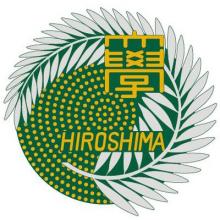
28 Jan 2020
In a recent study from Hiroshima University, researchers turned to mathematics to predict hive patterns in humans.
24 Jan 2020
Researchers from the International Islamic University Malaysia (IIUM) have developed a tumor biosensing chip that can help determine the optimum dosage of chemotherapy required for a cancer patient.
24 Jan 2020
Testing for a gene expression pattern could reduce the number of colorectal cancer patients referred for unnecessary radical surgery.
23 Jan 2020
West Nile virus (WNV) inhibits autophagy — an essential system that digests or removes cellular constituents such as proteins — to induce the aggregation of proteins in infected cells, triggering cell death and brain inflammation (encephalitis), according to Hokkaido University researchers.
23 Jan 2020
Universiti Malaysia Sarawak haematologist Kuan Jew Win is looking for ways to detect certain blood diseases and cancers
early.
22 Jan 2020
A new compound could help doctors detect epileptic foci in the living human brain as well as further the understanding of psychiatric disease.
21 Jan 2020
Using tissue engineering techniques, researchers are developing living heart valves that can grow after implantation in the human heart.
20 Jan 2020
A resource for journalists to find stories and sources. Focus On: Brain highlights research and experts exploring questions ranging from basic structure and function, to technology, diseases and treatments.
20 Jan 2020
Blocking a central nervous system protein could treat irritable bowel syndrome.
Researchers
Sorry, no researchers coming up for this topic.
- « first
- ‹ previous
- 1
- 2
- 3
- 4
Giants in history
Michiaki Takahashi (17 February 1928 – 16 December 2013) was a Japanese virologist who developed the first chickenpox vaccine.
Irene Ayako Uchida’s (8 April 1917 – 30 July 2013) strides to understand genetic diseases such as Down syndrome paved the way for early screening of chromosomal abnormalities in foetuses.
Baron Kitasato Shibasaburo (29 January 1856 – 13 June 1931) was a Japanese physician and bacteriologist whose work led to a new understanding of preventing and treating tetanus, diphtheria and anthrax.
Maggie Lim (5 January 1913 – November 1995) was a Singaporean physician who promoted family planning and expanded the access to clinics to improve the quality of life for mothers and children in Singapore’s early days.
By isolating soil microorganisms and studying the compounds they produce, Satoshi Omura (born 1935) discovered almost 500 organic compounds with unique properties that were produced by these microorganisms, including many new antibiotics.
The founder of the Adyar Cancer Institute in India, Muthulakshmi Reddy (30 July 1886 – 22 July 1968), fought to uplift women and girls from impoverished situations.
Chinese-American virologist and molecular biologist Flossie Wong-Staal (27 August 1946 – 8 July 2020) was the first scientist to clone HIV and determine the function of its genes.
Maharani Chakravorty (1937 – 2015) was one of India’s earliest molecular biologists whose research paved the way for advances in the treatment of bacterial and viral infections.
Archana Sharma (16 February 1932 - 14 January 2008) conducted research into plant and human genetics that expanded the understanding of both botany and human health. In relation to botany, she uncovered the means by which asexually-reproducing plants evolve into new species.
The first Thai woman to receive a degree in medicine, Margaret Lin Xavier (29 May 1898 – 6 December 1932), is best remembered for her compassion towards her less privileged patients.
In 1915, pathologist Katsusaburo Yamagiwa and his research assistant Koichi Ichikawa became the first to prove that chronic exposure to chemicals can cause cancer.
In 1915, Koichi Ichikawa along with pathologist Katsusaburo Yamagiwa became the first to prove that chronic exposure to chemicals can cause cancer.
Husband and wife team, Kimishige (3 December 1925 – 6 July 2018) and Teruko Ishizaka (28 September 1926 – 4 June 2019) discovered the antibody class Immunoglobulin E (IgE) that triggers allergic reactions. They also discovered that IgE antibodies attach to white blood cells, known as mast cells, releasing histamine, which causes allergic reactions.
Husband and wife team, Kimishige (3 December 1925 – 6 July 2018) and Teruko Ishizaka (28 September 1926 – 4 June 2019) discovered the antibody class Immunoglobulin E (IgE) that triggers allergic reactions. They also discovered that IgE antibodies attach to white blood cells, known as mast cells, releasing histamine, which causes allergic reactions.
Japanese chemist Takamine Jokichi (3 November 1854 – 22 July 1922) founded the Tokyo Artificial Fertilizer Company, where he isolated a starch-digesting enzyme (named takadiastase) from the fungus Aspergillus oryzae.
Ground-breaking cancer researcher Kamal Jayasing Ranadive (8 November 1917 – 11 April 2001) advanced the understanding of the causes of leukaemia, breast cancer and oesophageal cancer through the use of animal models. She was also among the first to recognise how susceptibility to cancer is linked to tumour-causing interactions between hormones and viruses.
The research of Filipino pharmaceutical chemist Luz Oliveros-Belardo (3 November 1906 – 12 December 1999) focussed on essential oils and other chemicals derived from native Philippine plants.
Thai physician and conservationist Boonsong Lekagul (1907 – 1992) made major contributions to the preservation of his country’s wildlife.
Indian scientist and physician Upendranath Brahmachari (19 December 1873–6 February 1946) is best known for creating a drug called Urea Stibamine, used to safely and reliably treat visceral leishmaniasis (or Kala-azar), a severe infection caused by the Leishmania parasite.
Filipino chemist and pharmacist Manuel A. Zamora (29 March 1870 – 9 July 1929) is best remembered for his discovery of the tiki-tiki formula to combat beriberi, a disease caused by Vitamin B1 deficiency.
Korean parasitologist Seung-Yull Cho (16 November 1943 – 27 January 2019) is remembered largely for his pioneering works to control infections caused by helminthic parasites and his contribution to journal publishing.
Fe Villanueva del Mundo (27 November 1911 – 6 August 2011) was a Filipina paediatrician who founded the Philippines’ first paediatric hospital.
After witnessing death and suffering as a youth in his home village during World War II, Nguyễn Tài Thu (6 April 1931 – 14 February 2021) set his sights on alleviating pain by becoming a doctor. After studying Traditional Chinese Medicine in China in the 1950s, Thu returned to Vietnam to serve in military hospitals. Eventually, he became the country’s foremost practitioner of acupuncture, a technique he first learned by inserting needles into himself.
Minoru Shirota (April 23, 1899 – March 10, 1982) was a Japanese microbiologist who invented the popular fermented drink Yakult.
Wu Lien-teh (10 March 1879 – 21 January 1960) was a Malaysian-born doctor who invented a mask that effectively suppressed disease transmission. Winning the prestigious Queen’s Scholarship enabled Wu to become the first Chinese student to study medicine at the University of Cambridge.
David T. Wong (born 1936) is a Hong Kong-born American neuroscientist who is best known for discovering the antidepressant drug fluoxetine, better known as Prozac.
Indian organic chemist Asima Chatterjee (1917 to 2006) studied the medicinal properties of plant products, especially compounds known as vinca alkaloids.
Chika Kuroda (24 March 1884 – 8 November 1968) was a Japanese chemist whose research focussed on the structures of natural pigments.
Umetaro Suzuki (7 April 1874 – 20 September 1943) was a Japanese scientist best remembered for his research on beriberi, a disease caused by vitamin B1 deficiency, characterized by limb stiffness, paralysis and pain.
Salimuzzaman Siddiqui (19 October 1897 – 14 April 1994) was an artist and chemist from Pakistan whose research focused on natural products from plants.
Barry Paw (29 August 1962 – 28 December 2017) was a biologist and oncologist who discovered several novel genes and their functions in red blood cells.
Syed Qasim Mehdi (13 February 1941 – 28 September 2016) was a Pakistani molecular biologist who was a founding member of the Human Genome Diversity Project (HGDP), which assessed human diversity by studying human migration, mutation rates, relationships between different populations, genes involved in height and selective pressure.
Tsai-Fan Yu (1911 – 2 March 2007) was a Chinese-American physician and researcher who was the first female full professor at Mount Sinai School of Medicine. She discovered that gout, a condition characterized by the painful inflammation of joints, was caused by elevated levels of uric acid in the bloodstream.
Min Chueh Chang (10 October 1908 – 5 June 1991) was a Chinese-American biologist who studied fertilization in mammalian reproduction.
A Japanese surgeon, Tetsuzo Akutsu (20 August 1922 – 9 August 2007) built the first artificial heart capable of keeping an animal alive.
Ogino Ginko (3 March 1851 – 23 June 1913) was the first registered female doctor to practise modern medicine in Japan.
Esther Park (1877-1910), born Kim Jeom-dong, was the first female Korean physician to practise modern medicine in Korea and trained the first generation of Korean female doctors.


